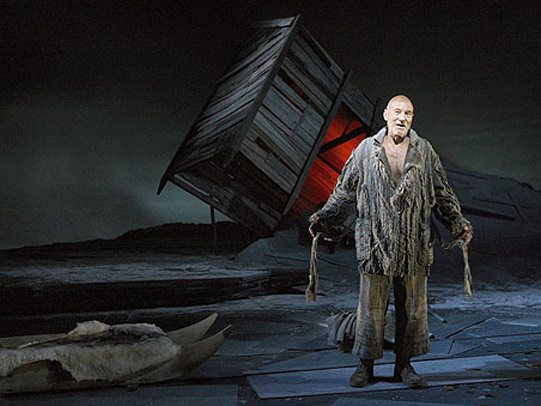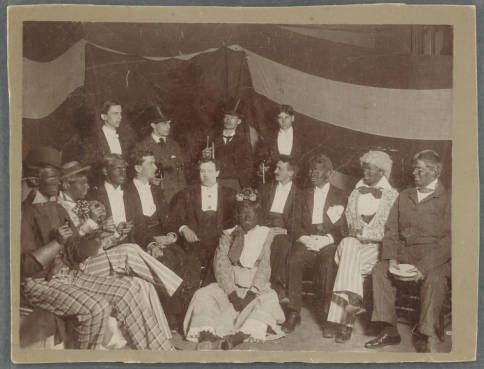There is a glaring lack of women with agency (or women at all for that matter) in The Tempest. The romance as a whole is oddly reminiscent of something out of Disney – there’s certainly no doubt Disney has adopted this story line in some aspect of a Princess film – but even more so than the romantic happy ending plotline, the protective, paternalistic figure controlling the destiny of his daughter narrative is one that has been told and retold in all aspects of entertainment. Although considered a “heroine,” Miranda evidently lacks the confidence or power to be considered a strong woman or a symbol of feminism by any means. Certainly, she is young and her innocence informs her emotional reactions, the first of which is to the shipwreck. In her very first lines, Miranda sympathizes to an almost depressive level, claiming “I have suffered/ With those that I suffer: a brave vessel,/ Who had, no doubt, some noble creature in her/ Dashed all to pieces!” (1.2.5-8). A melancholy, emotional girl of little direction, Miranda looks to her one and only companion and superior, her father, for any and all answers. Continue reading →
 Jacob Cohen in Habima’s The Merchant of Venice. Photograph: Tristram Kenton, The Guardian.
Jacob Cohen in Habima’s The Merchant of Venice. Photograph: Tristram Kenton, The Guardian.


